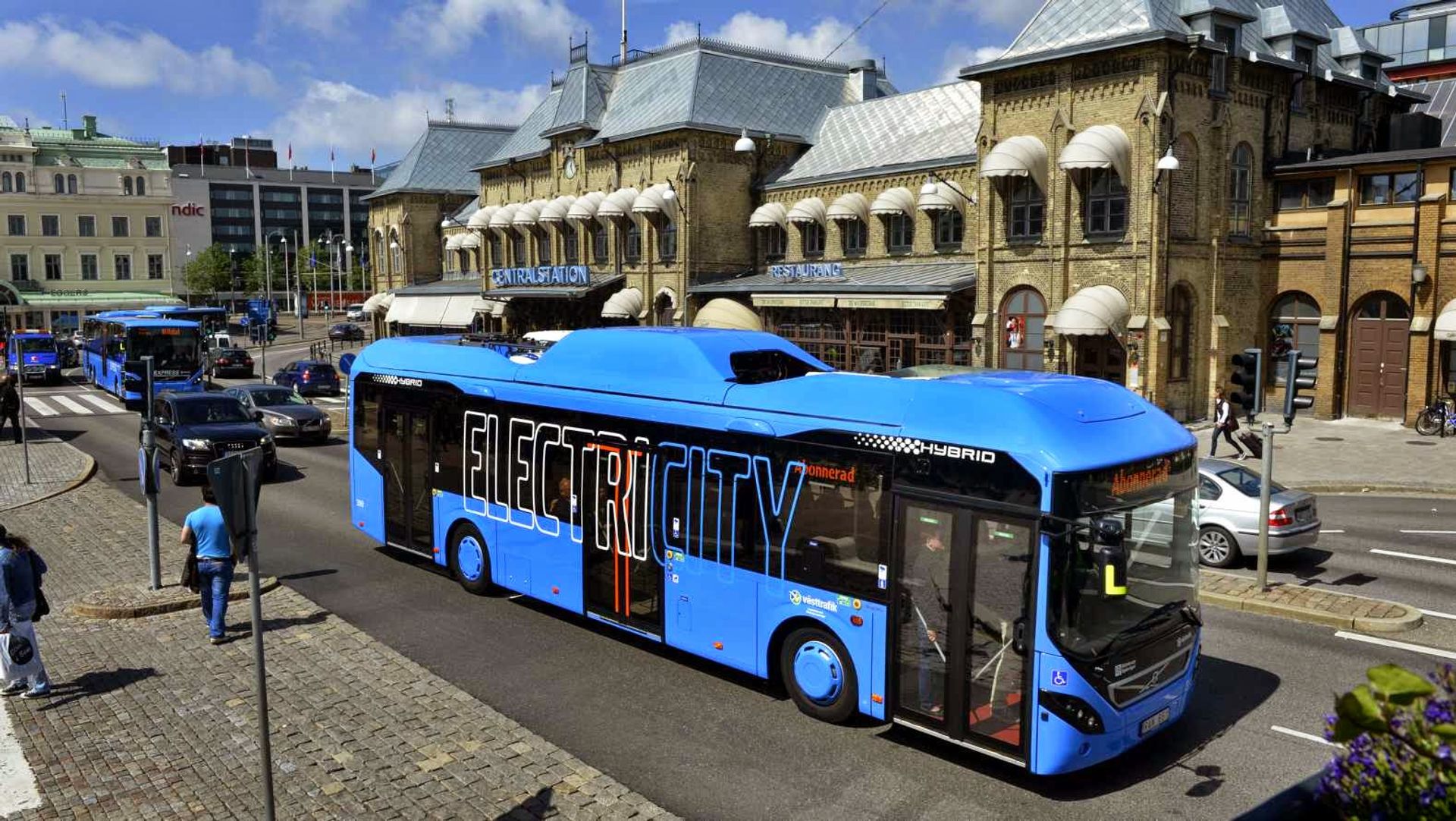
Written by Nozinhle
31 Mar 2022
As I mentioned in one of my blogs, being part of the SI Network for Global Professionals comes with the opportunity to do study visits to companies. This helps us gain a better understanding of Sweden’s society, economy, history, and future aspirations. So, a couple of weeks back, we spent a day at Västtrafik. By we, I mean me and the other members of the SI NFGP at University West. What an enlightening experience!
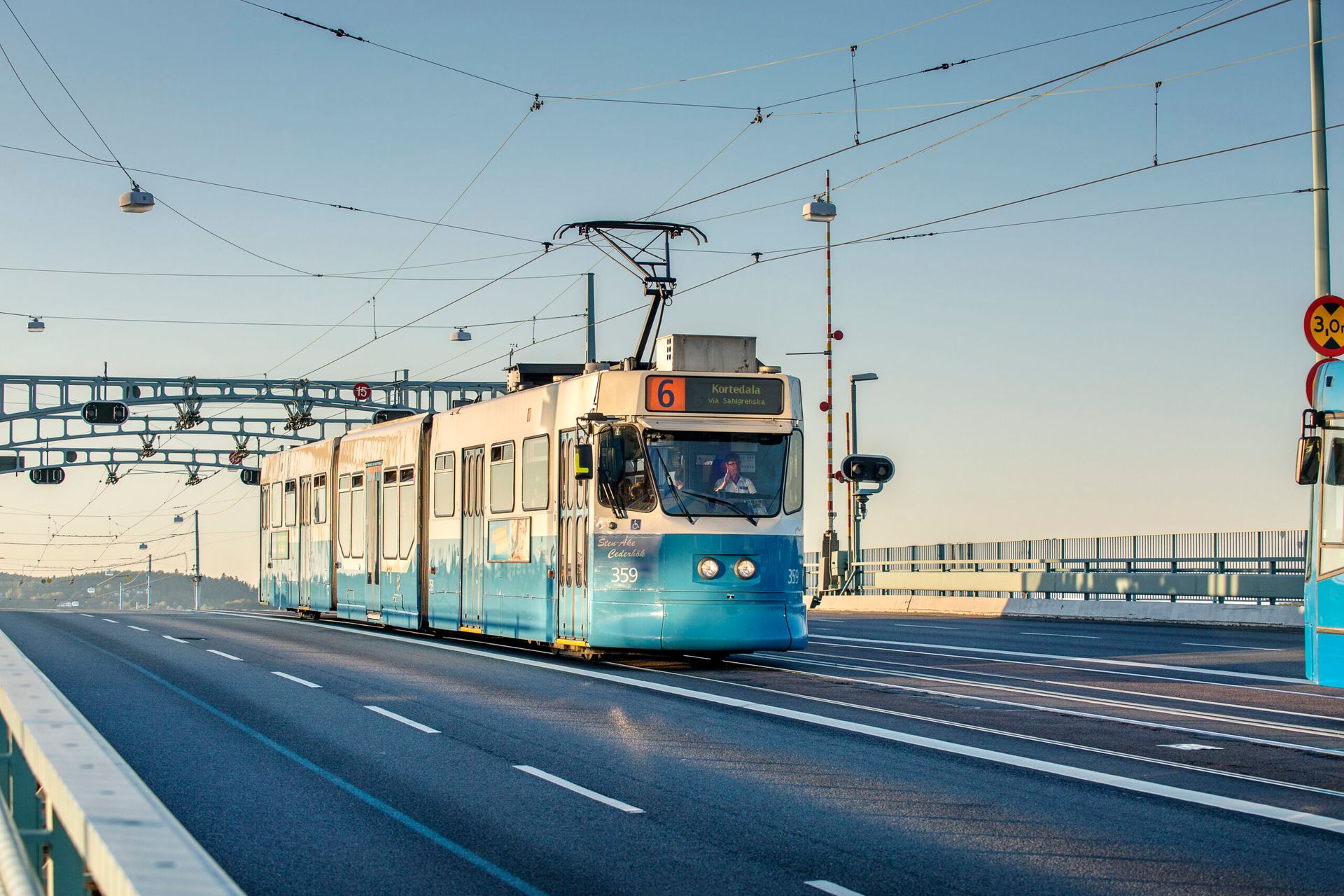
What is Västtrafik?
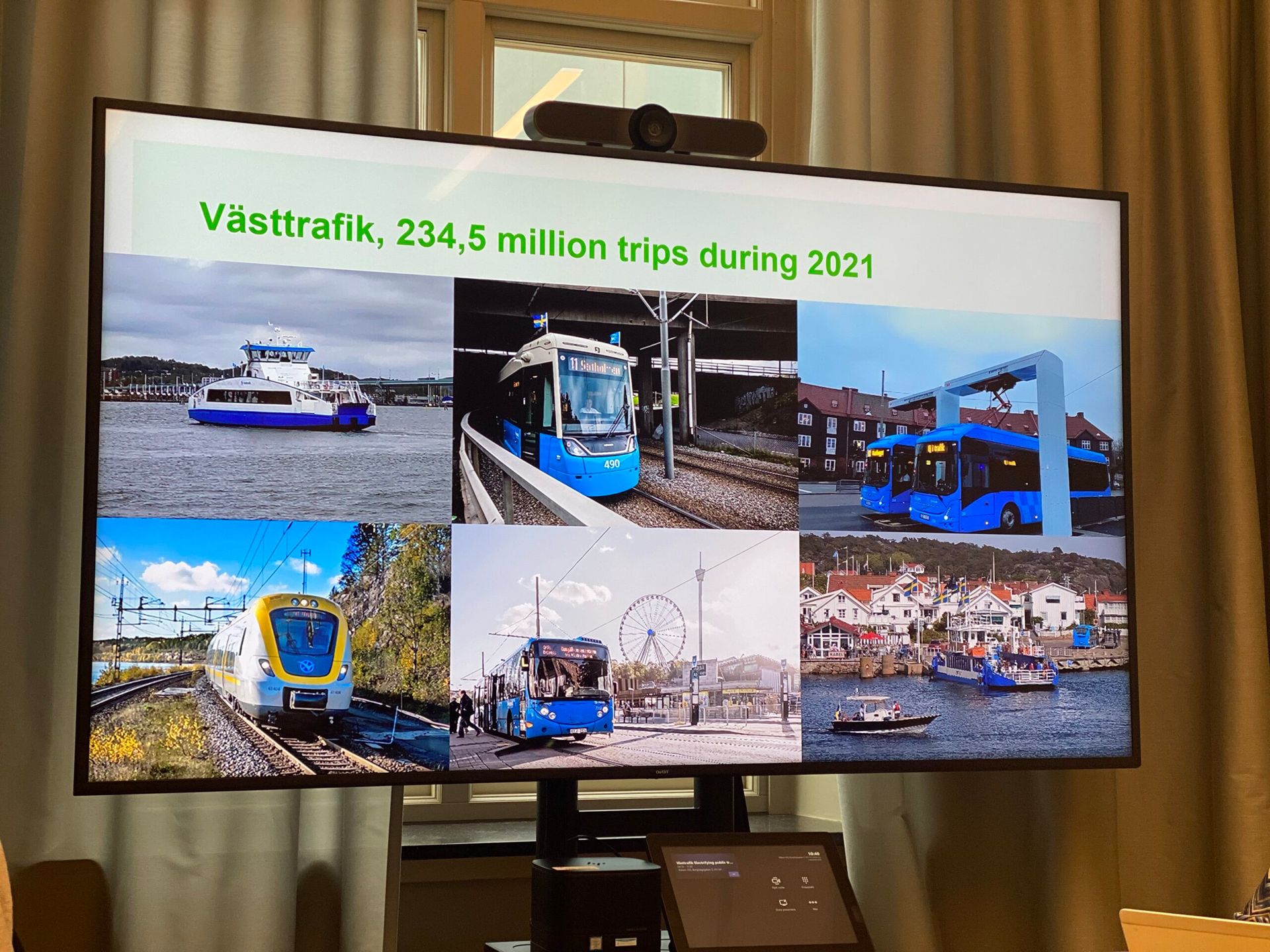
Västtrafik is a privately-owned company that is responsible for the entire public transport network in the western Sweden region. In 2021 alone, over 234.5 million trips were done by Västtrafik transportation. This includes buses, trains, ferries, and the famous Gothenburg trams. The company has a wide portfolio but for this visit, we wanted to learn more about their sustainablity targets. In particular, we wanted to hear more about their project of converting the entire bus fleet to electric buses.
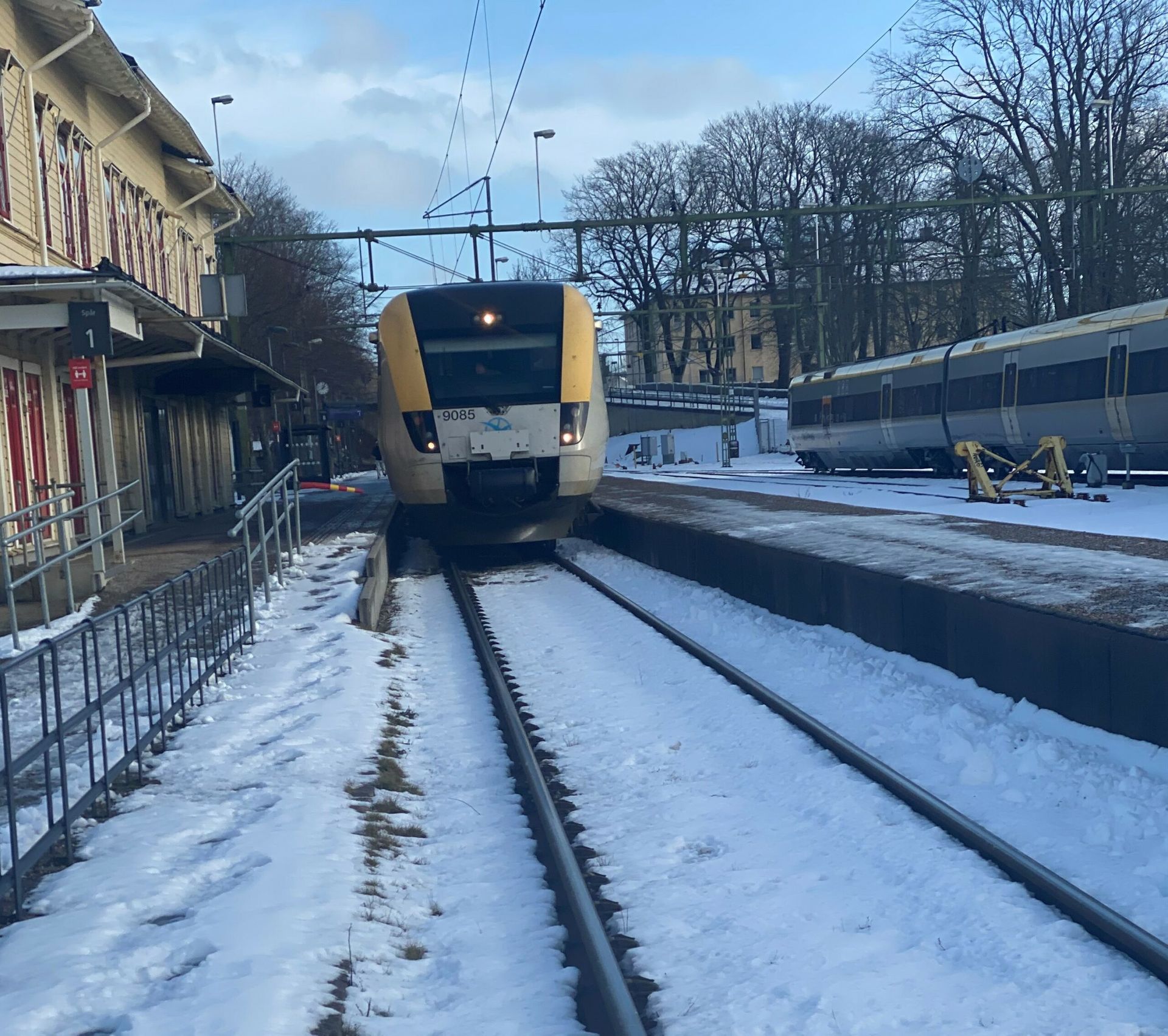
Sustainable transportation
Sweden is well-known globally for its committment to sustainability. Whether through the recyling bins found literally everywhere or the many windmills and solar panels you will see as you journey across and in between cities, you cannot miss just how dedicated Swedes are to living sustainably. It is no surprise then than Västtrafik is converting their bus fleet to a more sustainable choice.
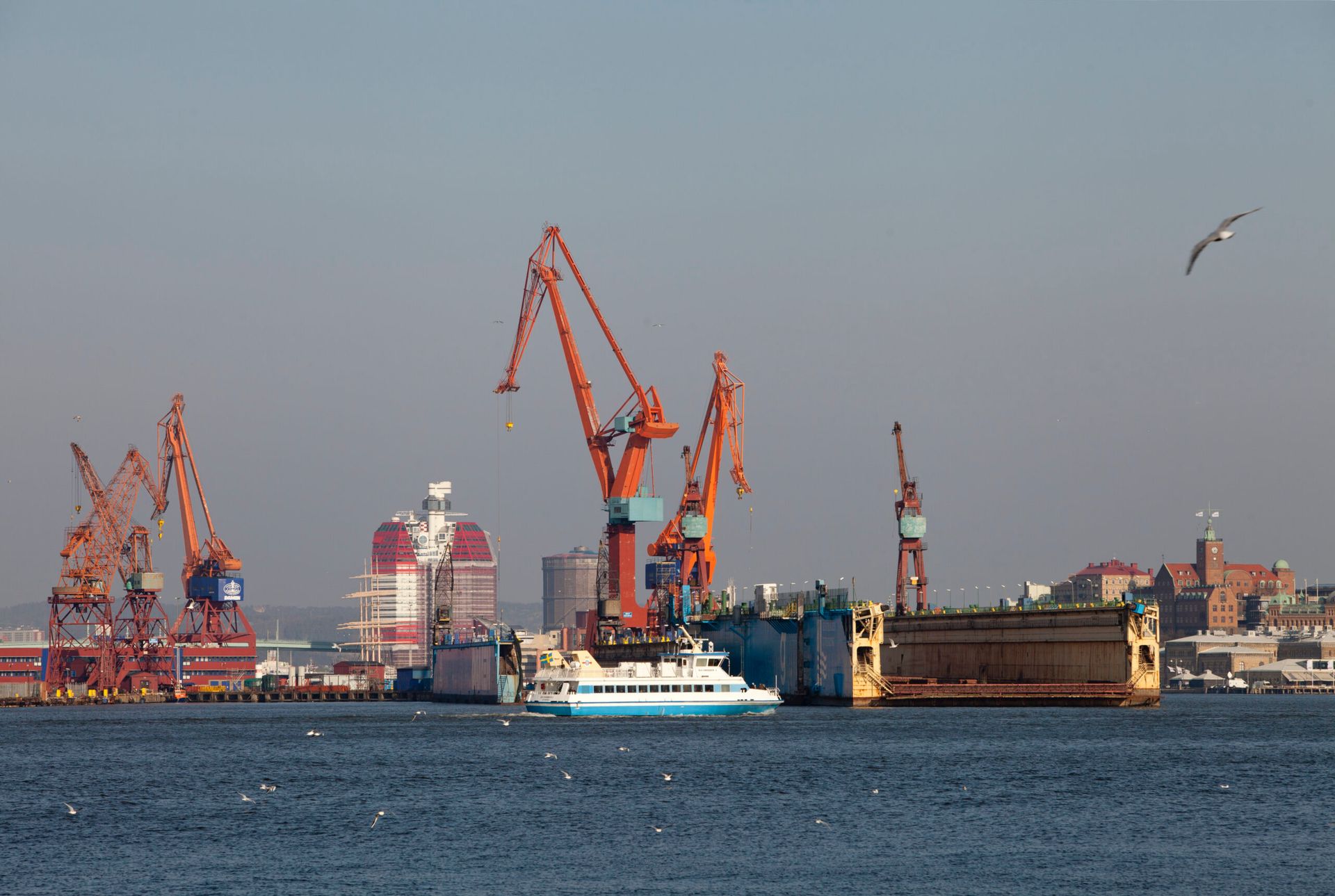
Currently, the majority of Västtrafik buses are hydrogen-powered. The rest are either hybrid or fully electric. The company’s target is to have a fully-electrified fleet by 2030. Research and studies on how to make this possible as best as they can began as early as more than 10 years ago. By 2018, 55 electric buses had been introduced in Gothenburg city. This number grew to 218 in 2020 when electric buses were introduced to other parts of of the region. By end of 2022,West Sweden will have around 322 electric buses in a fleet of over 800 buses. In short, Västtrafik expects to reach its target sooner than 2030.
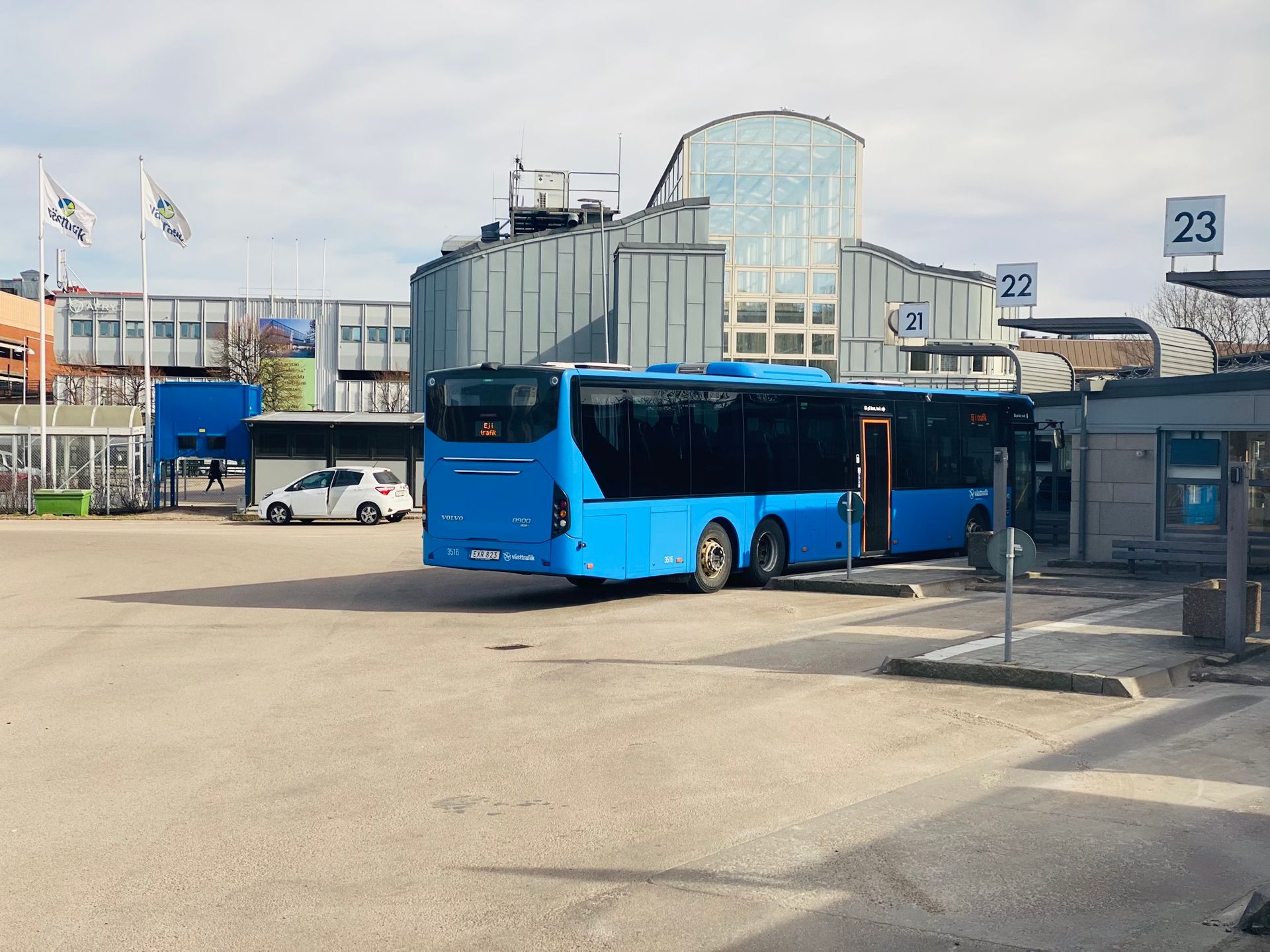
Lessons Learned
This visit gave us the chance to better understand the company’s vision for a sustainable future as well as to appreciate all the work that goes into the seamless transportation network in West Sweden. This was particularly special for me not only because I use the bus and trains quite a lot, but also because since coming here, the efficiency of public transportation is one of the things I love about living in Sweden. However, such success does not come about easily. Below are some of the lessons that the Västtrafik team shared with us.
1. Collaboration is key
After spending the day at Västtrafik, we got to realise how well the company has collaborated with the many stakeholders involved in the electrification of the bus fleet. This includes the city’s residents, the national energy supply company, the bus operators, drivers, Volvo as well as local universities. All these people had a role to play in making this green transition possible. Several studies were done before the first electric bus could be introduced to the fleet. The progress we see today comes as a result of effective collaboration between the many different entities.
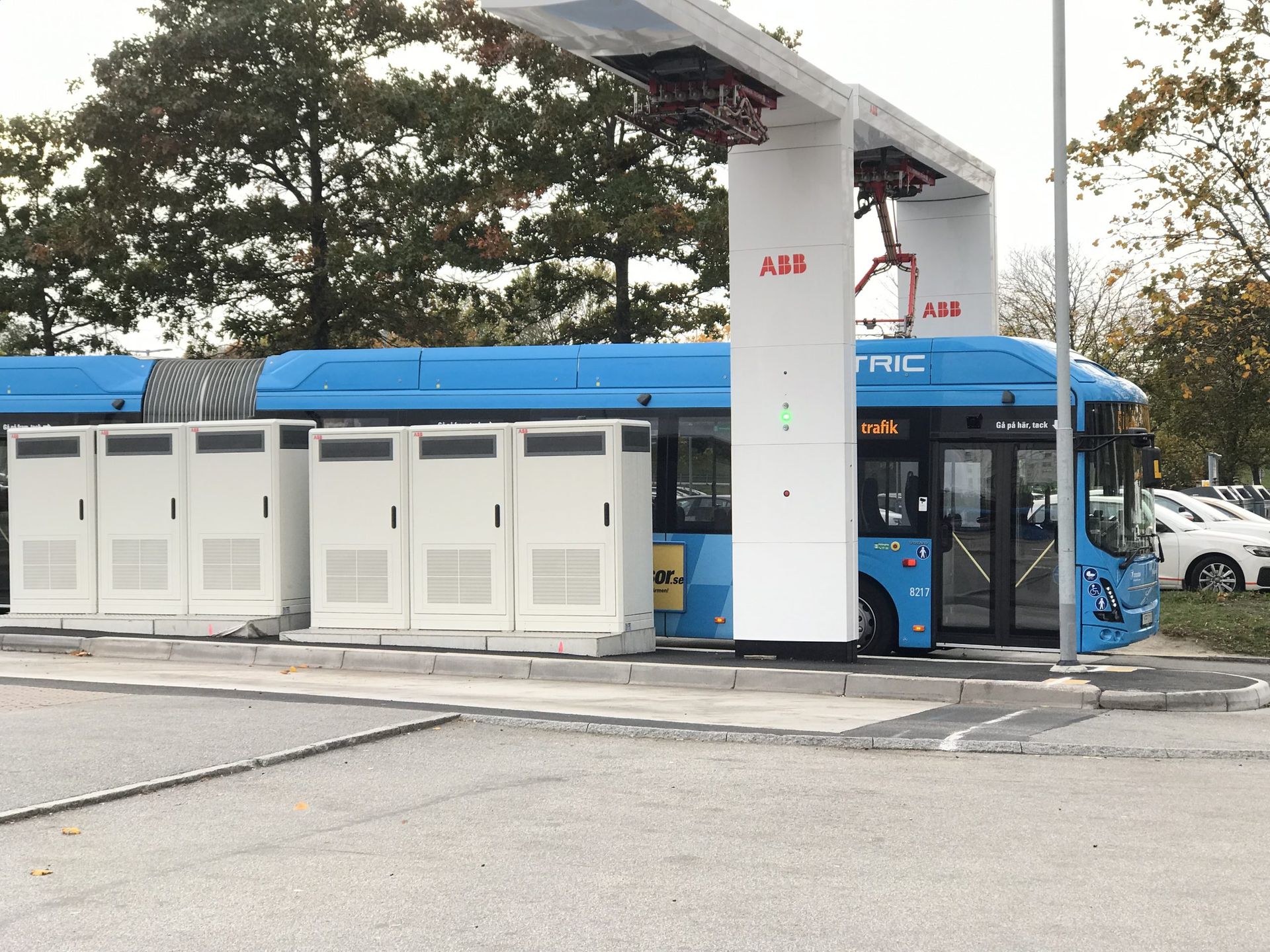
2. Sustainability Comes First
An electric bus is much more expensive to purchase than a hydrogen-powered one. Whether electric buses will be cheaper to maintain in the long run is yet to be proven. But even with this possible increase in the cost of operating the buses, Västtrafik remains committed to the cause because it is more sustainable. Remember, more than half of Sweden’s electricity is from renewable sources. Trading low operating costs for a more sustainable choice is pretty much reflective of Västtrafik and Sweden’s commitment to sustainability.
3. Industry + Academia = MAGIC!
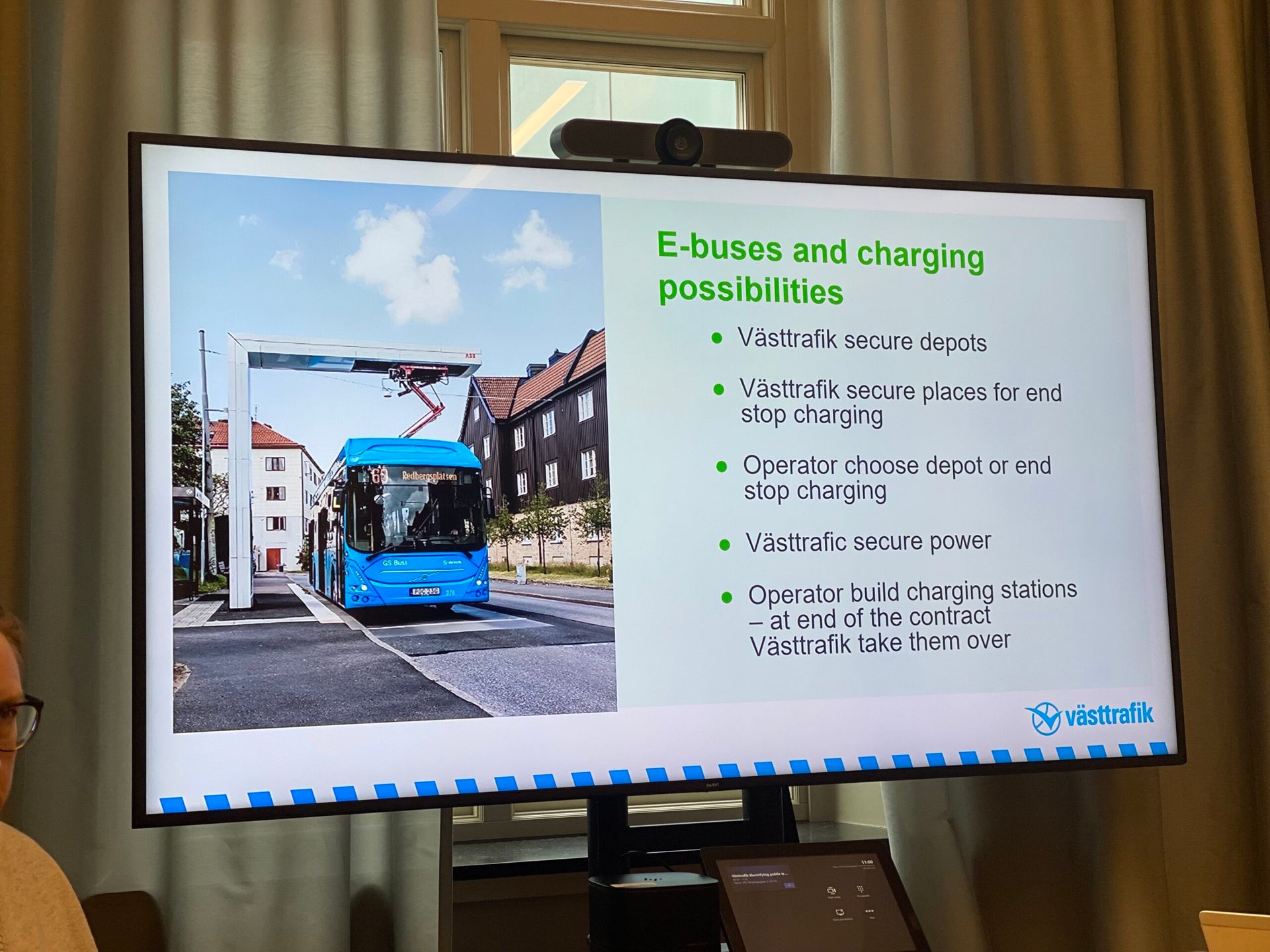
At the start of the project, a lot of research studies had to be conducted to see how best the transition to electric buses could be done. A lot had to be considered: finding the best locations for installing charging ports, effect on the national grid, developing charging schedules that won’t affect the bus schedule, deep charging vs fast charging, effect of weather and ambient conditions to the performance of the buses, etc. In conducting these studies, the companies worked with local universities to carry out the research.
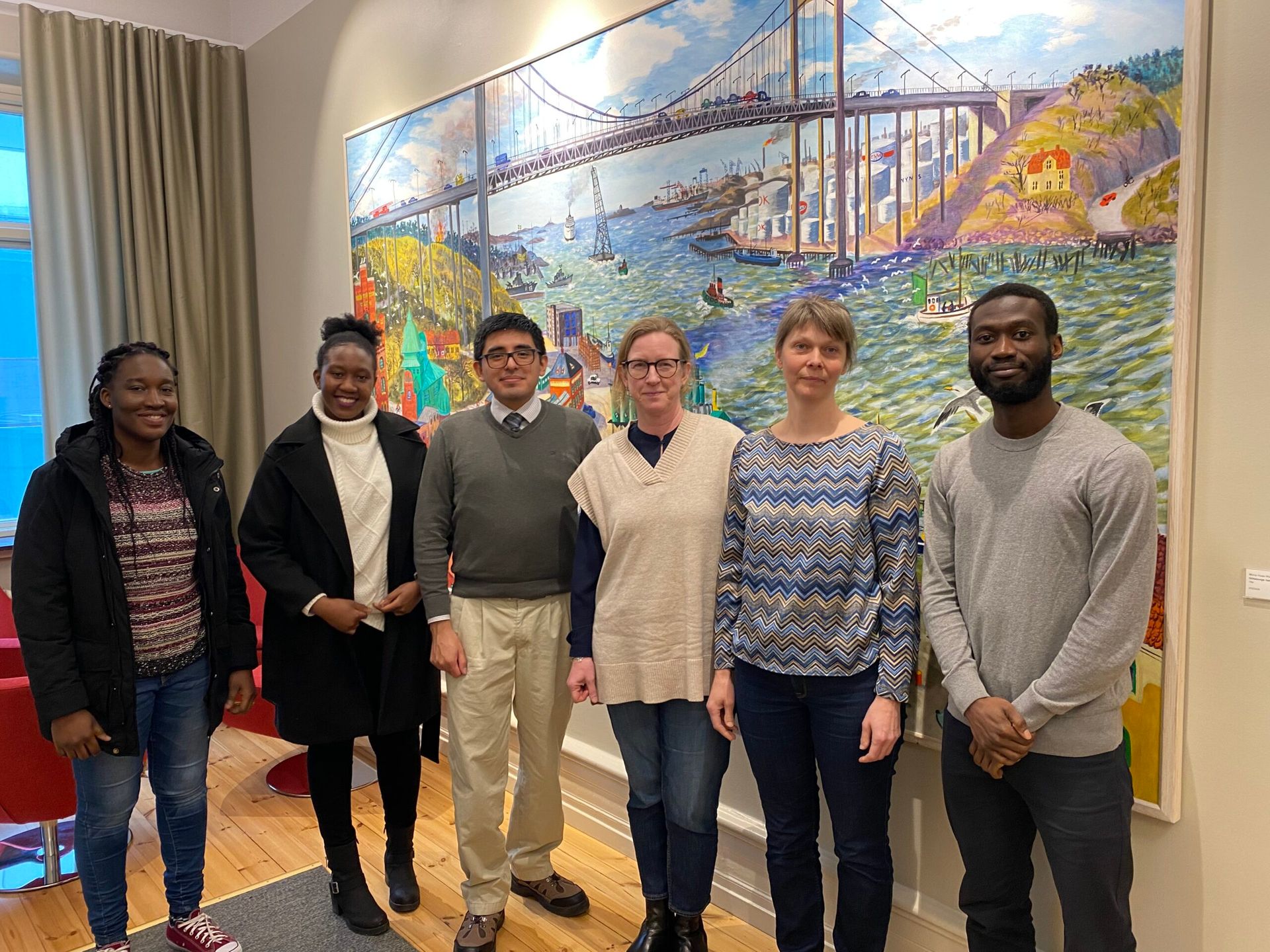
The results from these cases studies were very useful for decision-making. This is a great example of industry and academia coming together for progressive means. It’s possibly one of Sweden’s biggest successes in marrying the two. As a student in Sweden, it gives me joy to see schools and companies working together on such a big platform.
The visit to Västtrafik was was an eye-opener on sustainable transportation. It’s one thing to read about this country’s committment to a green future, but it’s quite exciting to actually be there to see it taking shape – one step at a time (or one bus at a time 🙂 )
Till next time, hej då!!

